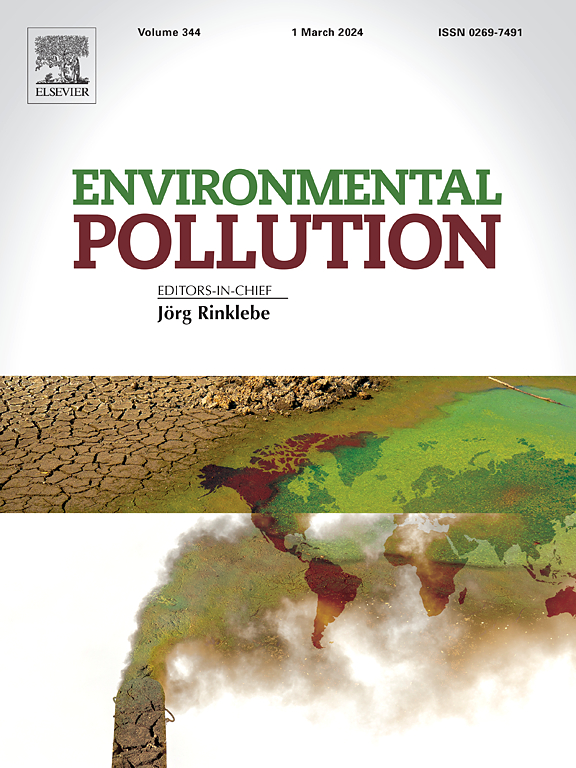Land-Ocean export of microplastic in Central Chile: The contribution of the Biobío River using a particle tracking model approach.
IF 7.6
2区 环境科学与生态学
Q1 ENVIRONMENTAL SCIENCES
引用次数: 0
Abstract
Microplastic (MPs) pollution is a global concern that affects all environments. Rivers have been identified as a major transport route for MPs from land to oceans. In this context, we evaluated the MP contribution from the Biobío River, one of the most important rivers in Chile, to the ocean. MPs were collected from superficial water throughout the entire Biobío River basin (and its tributaries) during the summer and winter of 2022. The samples were physically (color, size, and shape) and chemically (polymeric composition) analyzed using a microscope, a Fourier-transform infrared (FTIR) spectrometer, and a micro-FTIR. Results showed evident seasonal variations, with a significant increase (∼20 times average) in microplastic concentration (particles/day) in winter (7x105-1x108) compared to summer (4x103-7x105). Fibers were the dominant morphology with polyethylene terephthalate (PET; 20-40%) and polypropylene (PP; 20-50%) as the most abundant polymers. The river downstream showed the highest sample particle diversity (e.g., size, color, and polymeric composition). The river’s behavior suggests a main role as a “Reservoir”, corresponding to ∼ 40-50% retention of microplastic in the midstream of the Biobío River. Furthermore, a preliminary evaluation using the OpenDrift model, indicated that particles coming from the Biobío River were mainly stranded on the Gulf of Arauco coast (≈100%), suggesting a potential accumulation zone. This study contributes crucial information to understanding the behavior of plastic pollution in freshwater courses and its likely impacts on the coastal environments.

求助全文
约1分钟内获得全文
求助全文
来源期刊

Environmental Pollution
环境科学-环境科学
CiteScore
16.00
自引率
6.70%
发文量
2082
审稿时长
2.9 months
期刊介绍:
Environmental Pollution is an international peer-reviewed journal that publishes high-quality research papers and review articles covering all aspects of environmental pollution and its impacts on ecosystems and human health.
Subject areas include, but are not limited to:
• Sources and occurrences of pollutants that are clearly defined and measured in environmental compartments, food and food-related items, and human bodies;
• Interlinks between contaminant exposure and biological, ecological, and human health effects, including those of climate change;
• Contaminants of emerging concerns (including but not limited to antibiotic resistant microorganisms or genes, microplastics/nanoplastics, electronic wastes, light, and noise) and/or their biological, ecological, or human health effects;
• Laboratory and field studies on the remediation/mitigation of environmental pollution via new techniques and with clear links to biological, ecological, or human health effects;
• Modeling of pollution processes, patterns, or trends that is of clear environmental and/or human health interest;
• New techniques that measure and examine environmental occurrences, transport, behavior, and effects of pollutants within the environment or the laboratory, provided that they can be clearly used to address problems within regional or global environmental compartments.
 求助内容:
求助内容: 应助结果提醒方式:
应助结果提醒方式:


